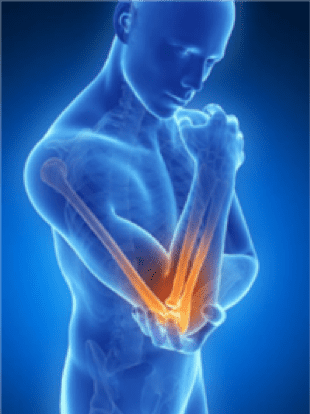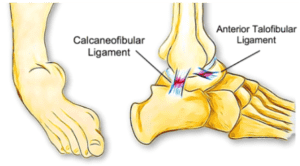Tennis elbow, or lateral epicondylitis is a common condition that affects a large amount of the population, particularly those of working age. It comes as a result of repetitive movement or mechanical overuse in the wrist and forearm muscles. This overuse or overload places a lot of stress on the Common Extensor Origin (CEO) tendon in the outside of our elbow, which leads to microscopic changes in the tendon itself, eventually causing pain and reduced function.
Symptoms of tennis elbow include reduced grip strength and lifting strength, radiating pain during and after activity as well as potential neck and shoulder pain. This pain can be so debilitating that it prohibits any activity or movement within the affected forearm and wrist. It most often affects our dominant arm, and pain can often go misdiagnosed for many months.
There are several identified risk factors for tennis elbow including handling tools or equipment heavier than 1kg with one hand, handling loads greater than 20kg more than 10 times per day, or continuous repetitive movements for more than 2 hours per day. In addition to these factors, changes in training load, technique, equipment or recovery can also lead to tennis elbow over a prolonged period.
Tennis elbow is most often diagnosed by a Physiotherapist in the clinic without the need for imaging or invasive testing. Despite its potential for pain and loss of function, tennis elbow can be well managed, and can often be resolved quickly using activity modification, strengthening and loading techniques like those used in managing other forms of tendon pain. Techniques like dry needling, anti-inflammatories, icing, taping and bracing can also be useful adjuncts to aid in the solution of tennis elbow.
Rehabilitation often consists of strengthening the wrist flexors and extensors (forearm muscles) in a way that allows tendon healing. While it isn’t uncommon for these exercises to be a little painful at the start of rehab, often your pain will decrease over time with regular completion of the exercises and gradual tendon healing. As your strength improves, and your pain resolves, your exercises will be progressed to be more challenging to continue to improve your pain and restore your function.
In most cases, tennis elbow is a self-limiting condition and if identified early and managed correctly, can be resolved quickly, returning you to the sports and activities you enjoy doing. Our team are experts in tendon management and will get you back to your usual activities in no time.
If you would like to know more about tennis elbow and its management, or have been experiencing elbow pain yourself, please don’t hesitate to book in with one of our Physiotherapists for a thorough assessment and management plan.





